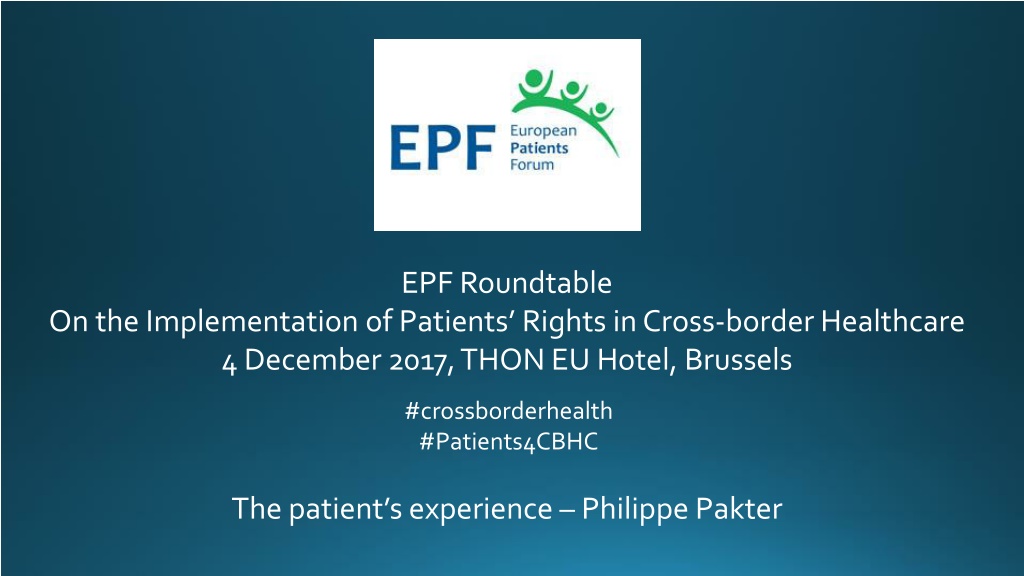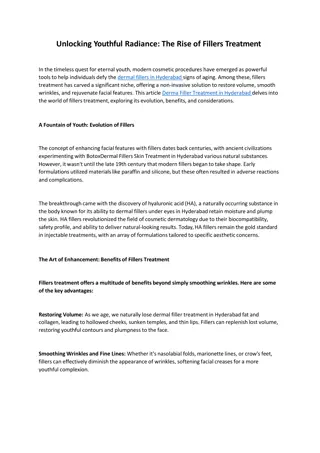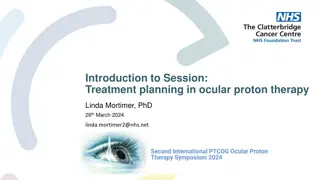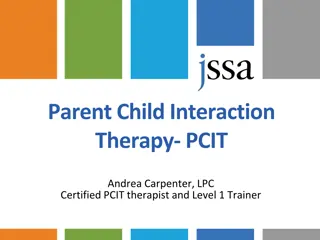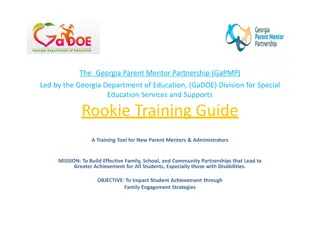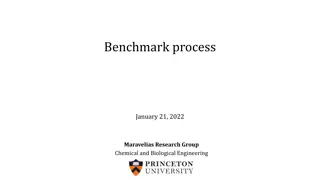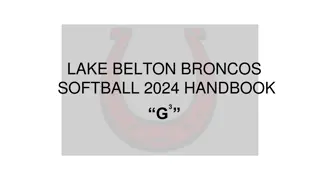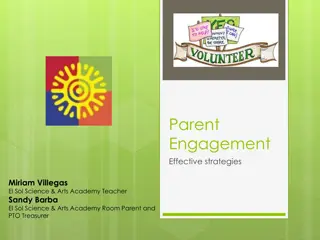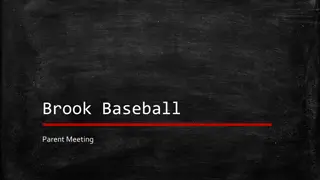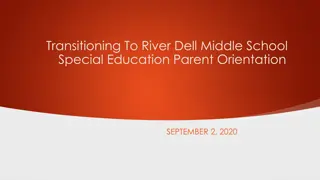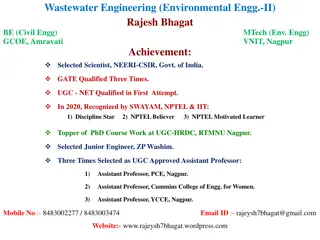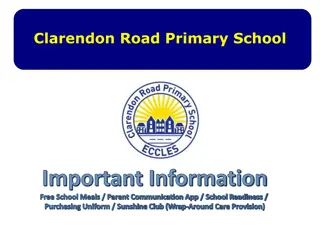A Parent's Journey for Effective Treatment: The Story of Lysiane
Philippe recounts his daughter Lysiane's challenging medical journey, diagnosed with a rare disease requiring specialized treatment with the Tübingen Palatal Plate. Despite facing insurance rejections, they persist in seeking healthcare options abroad for their child's well-being.
Download Presentation

Please find below an Image/Link to download the presentation.
The content on the website is provided AS IS for your information and personal use only. It may not be sold, licensed, or shared on other websites without obtaining consent from the author. Download presentation by click this link. If you encounter any issues during the download, it is possible that the publisher has removed the file from their server.
E N D
Presentation Transcript
EPF Roundtable On the Implementation of Patients Rights in Cross-border Healthcare 4 December 2017, THON EU Hotel, Brussels #crossborderhealth #Patients4CBHC The patient s experience Philippe Pakter
Introduction my daughter Lysiane Dangerous, difficult birth Diagnosed with a rare disease, Pierre Robin Sequence Neonatal Resuscitation ward, then Intensive Care ward Connected to a ventilator machine No scheduled release date from the hospital, even after 5 weeks of nonstop intensive care
The medical problems associated with this rare disease Upper airway obstruction Breathing difficulties Feeding difficulties
A breakthrough solution A safe and non-surgical medical device which instantly eliminates the baby s torturous breathing difficulties
The Tbingen Palatal Plate, TPP Developed at the T bingen University Hospital in T bingen, Germany; currently available only in Germany A safe, highly effective treatment Medically proven; peer reviewed medical studies over 10 years Corrects the underlying anatomical problem unblocks the throat without surgery Liberates the baby from the ventilator machine, permanently Improves feeding Minimizes hospitalisation, which Allows the baby to finally leave the hospital and come home to Mom Reduces the baby s exposure to hospital borne illnesses Reduces national healthcare costs
We as parents take action We visited T bingen, saw the treatment in action, met with the doctors, met with parents we are convinced Back home in France, we seek a medical certificate for our S2 application; delays We submit our application for prior authorization We transfer our daughter Lysiane from France to Germany to receive the TPP treatment France s national health insurance fund rejects our S2 application We are now appealing the rejection
The basis of the rejection: these treatments are the same or equally effective =
The same or equally effective? No objective and impartial medical comparison can reasonably conclude that these treatments are the same or equally effective A bold violation of the 2011 Directive, Regulation (EC) No 883, and the fundamental principle of the freedom to provide and receive services under Article 56 of the TFEU An example of the kind of arbitrary, irrational, and unreasonable exercise of national discretion which the European Court of Justice has repeatedly struck down Cannot be justified on any public policy grounds Neither necessary nor proportionate
Planned cross-border healthcare in the EU The European Commission has explained: Patients prefer to receive healthcare in their own country. That is why the demand for cross-border healthcare represents only around 1% of public spending on healthcare, which is currently around 10 billion. This estimate includes cross- border healthcare which patients had not planned in advance (such as emergency care for tourists). This means that, at present, considerably less of that 1% of the expenditure and movement of patients is for planned cross-border healthcare, like hip and knee operations or cataract surgery. Planned cross-border healthcare in the EU: in theory, it is possible; in practice, it is avoided Our horrible experience seeking cross-border healthcare for our baby, who suffers from a rare disease, may help to explain these very low figures
Creating a coalition to get Lysiane her S2 SOLVIT, the EU network which assists EU citizens whose rights under EU law have been violated Agrees with our legal assessment EURORDIS, the European Organisation for Rare Diseases Have written to France s national health insurance fund; prepared to accompany us in court, all the way up to the European Court of Justice A member of French Parliament The d put representing our district Particularly sensitive to children suffering from rare disease
Our continuing struggle to get Lysiane her S2 raises an issue of wider principle which matters to all Europeans, and which affects their daily lives: If a newborn baby suffering from a rare disease, immobilized in an intensive care ward and connected to a ventilator machine, doesn t have the right to obtain a highly specialised, medically proven and cost effective treatment for her rare disease in another EU Member State then who does have the right to obtain cross-border medical care?
Thank you for your time Philippe Pakter Email: philippe@pakterlaw.com Twitter: @philippepakter
Annex: EPF Position Statement, April 2016; possible topics for discussion We recommend that there should be a European-wide framework for monitoring and implementing patients rights. In particular, there should be a mechanism to address complaints in cases where patients feel their rights have been violated. A patients Ombudsman could be set up at EU level with a network of ombudsmen in all Member States some of which already have established patient ombudsman offices.
EPF Position Statement, April 2016 Lack of clear information is a deterrent to many patients to seeking healthcare. The situation undermines the Directive s original objective, which was to create clarity on patients rights and entitlements and enable patients to make informed choices. Member States should ensure that accurate and easily understandable information on exactly which treatments are subject to prior authorisation and which are not is available on the NCP website, including information on the criteria applied and the application procedure for prior authorisation. Increasing transparency, including about what healthcare is covered in the benefits basket in different Member States, will lead to a greater awareness in the patient communities of gaps and inequalities. This could be an opportunity to advocate for improved access and quality of care.
EPF Position Statement, April 2016 Patients with (suspected) rare diseases and their families are in a particularly vulnerable position. A global lack of expertise is the major reason for patients with rare diseases having to seek cross-border healthcare. Time is a particular concern, as patients often undergo a number of consultations before being diagnosed correctly. For patients affected by rare diseases, the actual process of prior authorisation may be an obstacle. Such authorisation usually involves a clinical evaluation by doctor(s) designated by national authorities, who often lack the necessary expertise on the specific diseases. Expertise on rare diseases is scarce by definition and concentrated in a few centres The authorities should do everything they can to facilitate those patients access to expert diagnosis and treatment.
EPF Position Statement, April 2016 The Commission should work closely with patient groups to raise awareness of European Reference Networks and specialised centres, and to ensure that they function in a patient centred way. Patients organisations should monitor the Directive as far as is feasible within their resources, and provide information to EPF on good and bad practices, for example through the EPF Network of patient representatives on cross-border healthcare . Frameworks and methodologies should be developed to systematically incorporate and encourage patient input to HTAs, including rapid HTA/relative effectiveness assessment.
